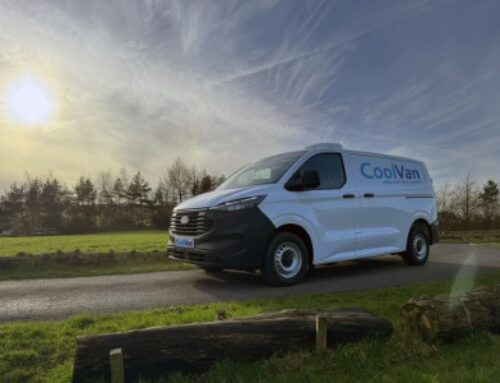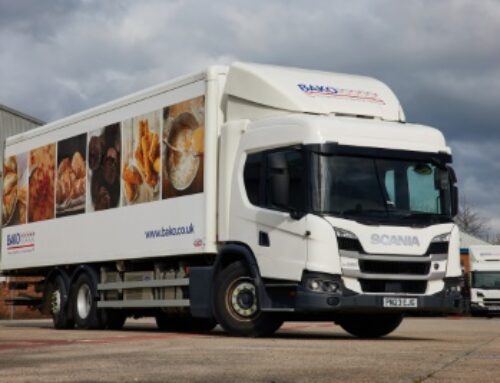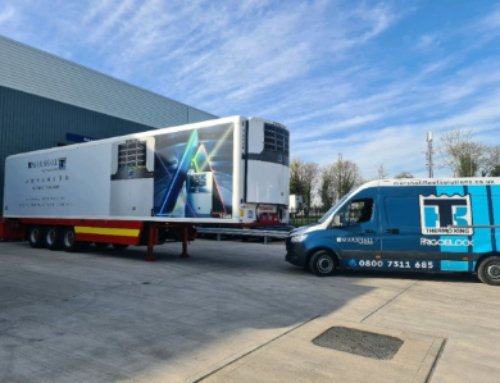Driving up personal security
 Naz Dossa, CEO of Peoplesafe, discusses the growing threat to lone-working drivers
Naz Dossa, CEO of Peoplesafe, discusses the growing threat to lone-working drivers
There are many thousands of drivers in the UK, operating alone who face considerable dangers every day, so transport operators increasingly need to consider employee protection alongside that of their vehicle fleet and cargo.
This is underlined by Peoplesafe’s own research that surveyed almost 600 drivers, which found that a fifth had at some point been physically attacked and over a third had felt at risk while working.
While the use of vehicle tracking and connected cameras to monitor driver welfare inside the vehicle is now widespread, what this telematics technology does not focus on are the many risks outside of the vehicle.
Personal safety solutions, in contrast, allow a lone worker to call for assistance in or out of the vehicle, so offer an added layer of protection that can be used alongside other fleet systems.
There is a substantial amount of statistical and anecdotal evidence that points to a greater threat than ever. Hijackings, assaults and roadside incidents are just some of the threats when exiting the vehicle, with opportunistic thieves increasingly targeting vans with high-value loads such as equipment and tools.
 Meanwhile accidents – such as slips, trips and falls – and other medical emergencies during the working day remain a constant threat to their wellbeing.
Meanwhile accidents – such as slips, trips and falls – and other medical emergencies during the working day remain a constant threat to their wellbeing.
Transport operators have a legal and moral duty of care to protect their drivers and minimise the risks they face. Last year, the Health & Safety Executive updated its guidance on lone worker safety, which includes a new section on protecting employees from the risk of work-related violence.
It says, where appropriate, work equipment such as devices designed to raise the alarm in an emergency should be provided, and any monitoring system needs to be embedded into an organisation, so it is well understood by workers.
There is now a wide range of handheld gadgets, fobs and apps for drivers operating remotely, especially out of hours or after dark. These devices can be used to raise an alarm and request assistance in the event of an emergency, but the technology goes above and beyond just a simple panic button.
Locations and activities can be logged, with monitored check-up messages if required, while fall detection means it is now possible to automatically recognise if a driver has fallen over or been knocked down.
Advances in mobile technology are also making it possible to turn any smartphone or tablet into an effective personal safety device via a lone worker app. Such a solution can be used in conjunction with a wearable Bluetooth button, so the alarm can be activated discreetly without the need to carry the device or remove it from clothing.
However, just adopting a personal safety solution across a team of drivers will never achieve the desired safety results without having processes in place that are designed to effectively respond to an emergency.
With the advent of Internet of Things (IoT) there is also a huge opportunity to bring together complementary systems to better protect lone drivers. Personal safety solutions will increasingly be integrated with other technology such as vehicle tracking, video telematics and workforce management.
For example, Peoplesafe has entered into a strategic partnership with SureCam to launch an industry-first, video-enabled lone worker solution, which provides added insight into what has occurred when an alarm is raised.
The risks faced by drivers are growing and very real. Employee protection and welfare should be an increasingly important consideration for any transport operation, especially when legislation is only set to become more stringent moving forward. As such, effective lone worker protection is now essential.










